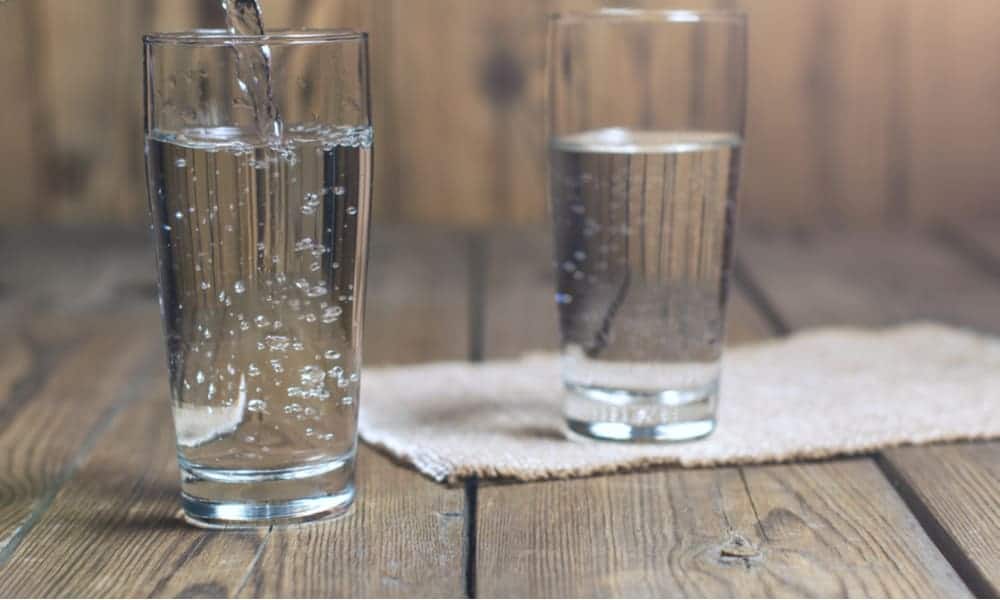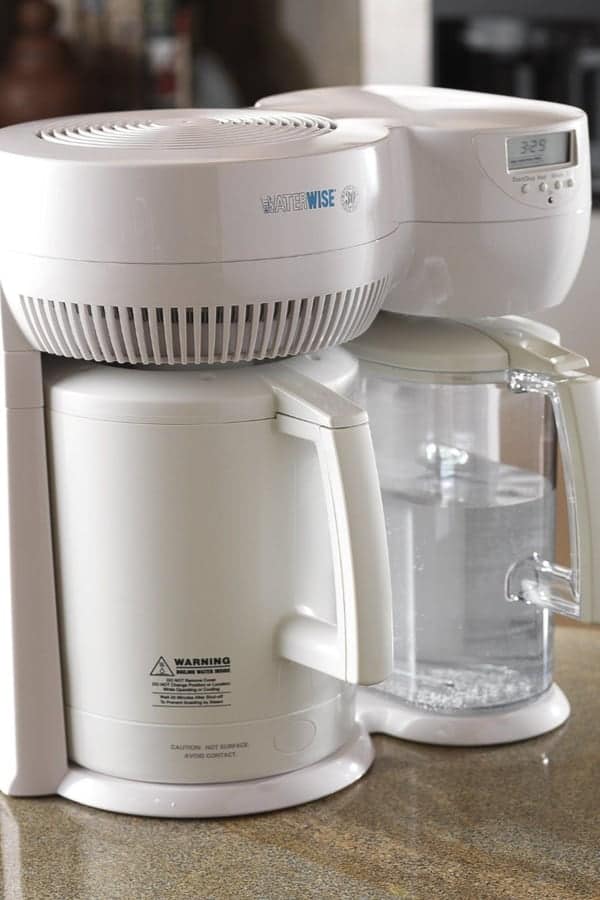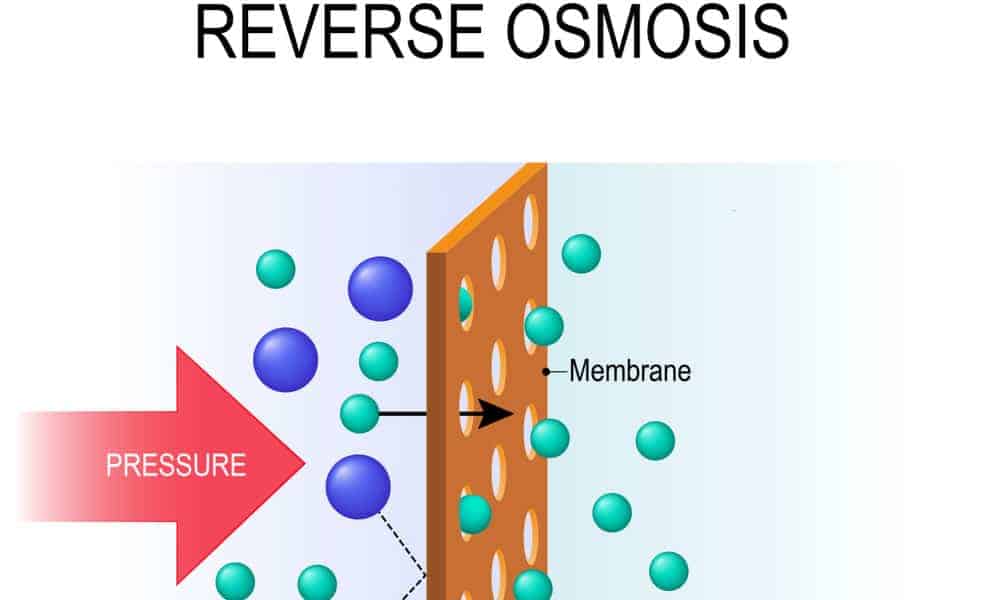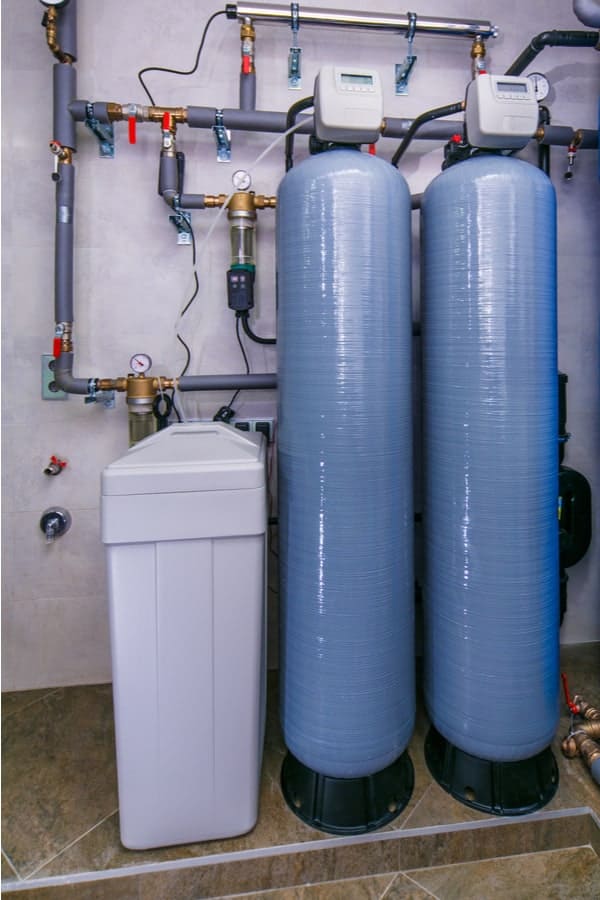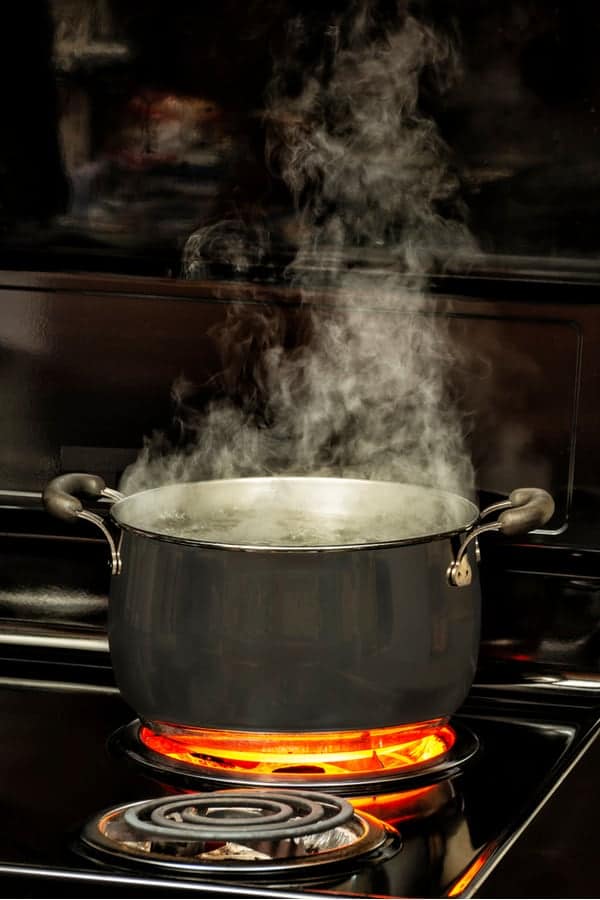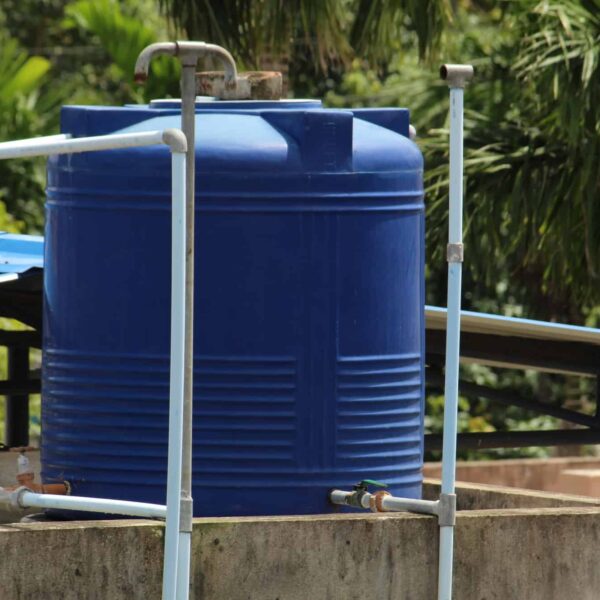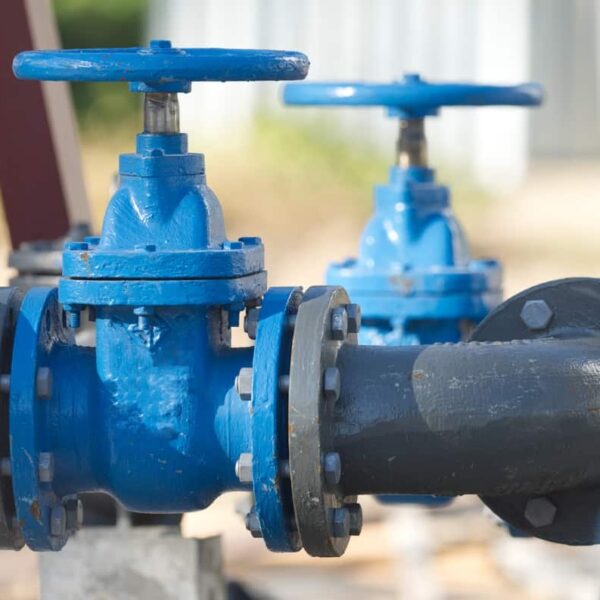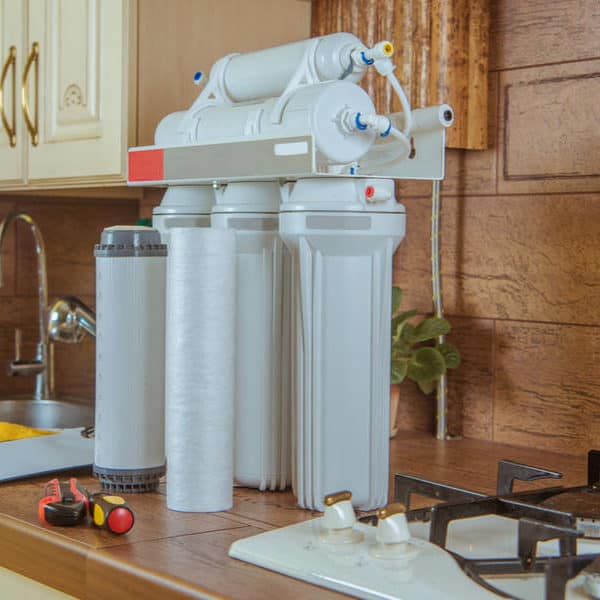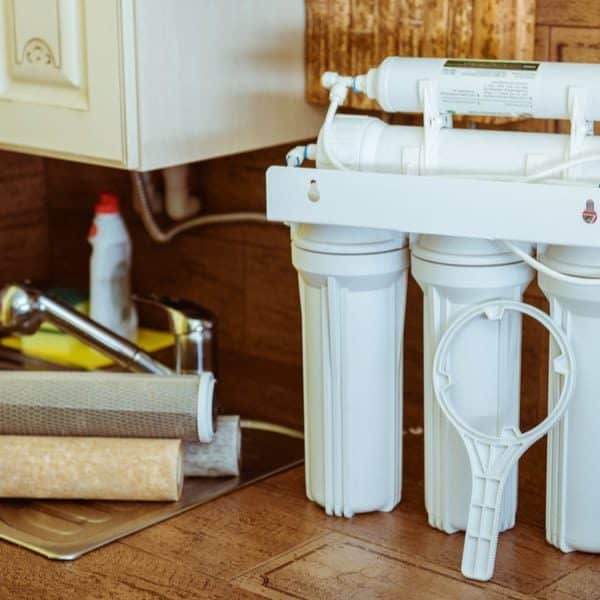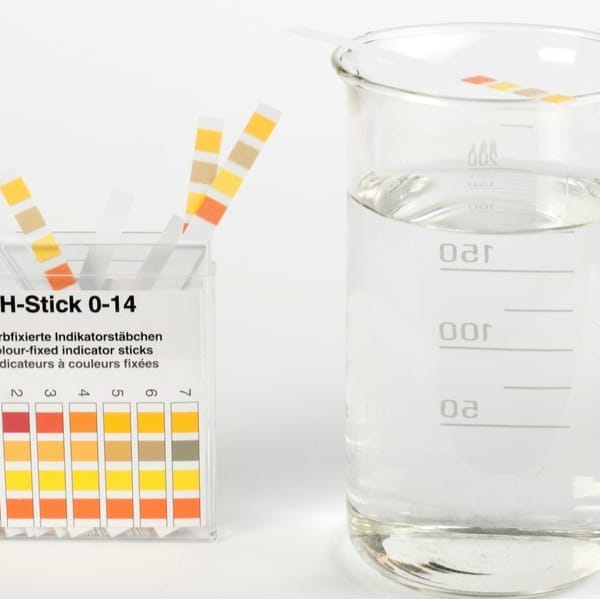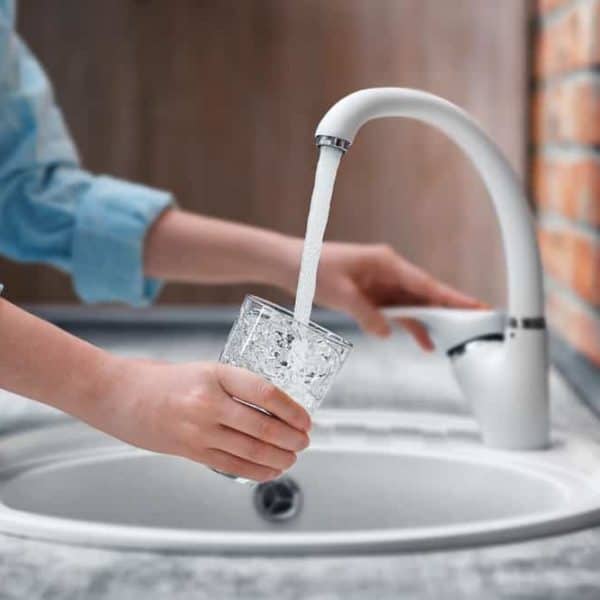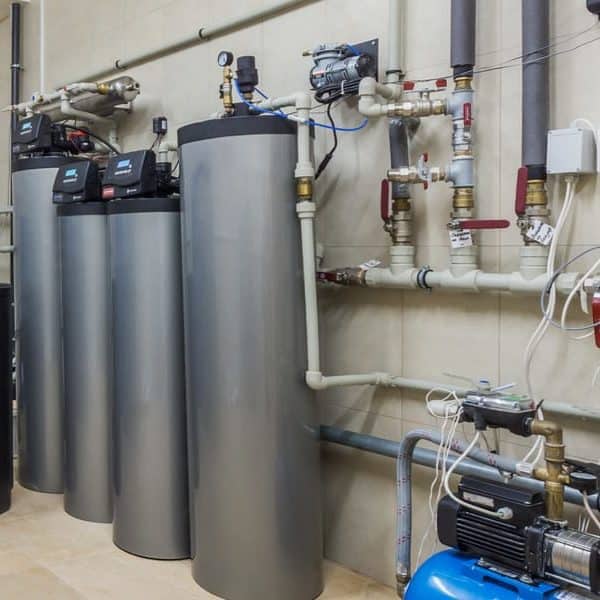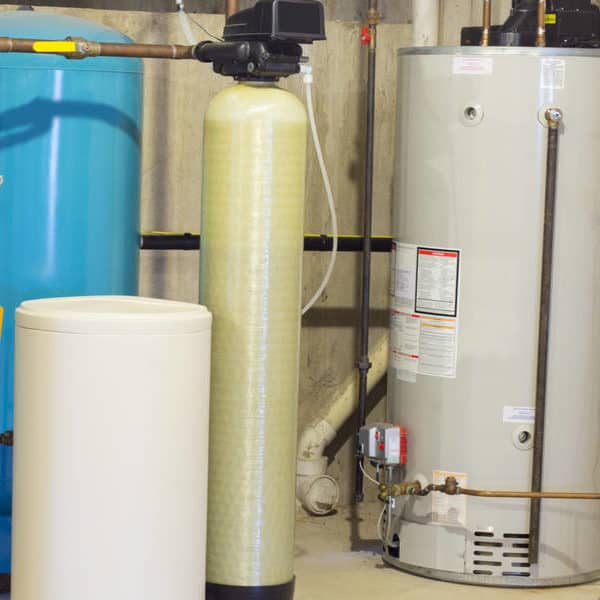Many public water suppliers usually add chlorine to the water to destroy pathogens that cause dangerous illnesses. But its weird smell and taste might make you cringe when you bring the water to your lips or skin.
If you need to consume chlorinated water, you will have to take out the offending aroma and flavor. You can use various methods to complete this task without much effort. Some ideas work well with smaller amounts of water, while others fit larger volumes.
Are you looking for tips to remove chlorine from water? Are you tired of enduring the annoying smells of municipal water? Well, read on to discover effective methods you can use.
Everything You Need to Know About Chlorine
Before we discuss how to remove chlorine from water naturally, you should have great insight about this element. First, Chlorine comes as a non-metallic element that has an atomic number of 17. Represented by Cl, chlorine can form molecules with the Cl₂ symbol.
On the periodic table, you can find this gas between fluorine and bromine. Here, it even stands as the second lightest gas from the halogen family.
Chlorine has a strong odor that can overpower your senses. It also appears as a yellowish-green gas with boiling and freezing points of −34.04 °C and 10l.5 C.
Ways to Remove Chlorine from Water
1. Treating with Water Distillers
If you want to know how to remove chlorine from tap water, consider getting a water distiller. With this device, you can take out 97% of the element, but if you add carbon filters to the setup, you can remove 99% of the gas from the water.
How does distillation remove chlorine from water? Well, the gas weighs less than air (at room temperature). But when the distiller heats it, chlorine becomes light enough for removal via the vents of the device.
Adding an activated charcoal filter enhances the removal of chlorine. Even if it looks like a suitable option, you will have to change the screen during the process. If you miss a swap, the procedure can go wrong.
Remember, you should use this method, especially if you want to show how to dechlorinate water. So if you’re going to treat well water, there’s no need to combine both devices.
Apart from chlorine, a water distillation unit can remove several other elements. It also extracts fluorine, bromine, astatine, and iodine ions. Distillation also has features that can tackle pollutants of various forms.
Overall, if you’re looking for how to remove chlorine from tap water effectively, then you need pair the distiller with charcoal filters.
2. Use Reverse Osmosis to Remove Chlorine
Do you need extra tips to remove chlorine from water? If yes, try purifying your supply with a reverse osmosis system. But its effectiveness relies on the R.O. membrane on the unit.
If it is made from cellulose acetate, use a carbon filter to guard against incoming pathogens. Ensure you change the filter at regularly to maintain optimal performance.
Apart from removing less chlorine, an unchanged filter can become a breeding place for bacteria. You should also ensure that you replace the membrane at regular intervals or else chlorine will remain in the water. As these changes mean extra parts, the R.O. kit comes as an expensive way to remove chloramine.
An R.O. unit stands as an ideal way to take out pollutants and toxins, particularly if it has a new membrane. But with frequent use, it might have tiny holes that will allow impurities to pass. Also, after prolonged use, the seals and gasket can have leakages that require repairs or replacements.
3. Removing Chlorinated Water with Ultra Violet Light
An ultraviolet bulb causes different reactions that remove chlorine from hydrochloric acid. If you want to look at the wavelengths, this bulb performs this task at values of 180nm to 400nm. Most times, the ideal wavelength for the removal of free chlorine falls between 180nm to 200nm.
Few people use this bulb as a way to take out the chlorine in the water. Instead, its mainly used to purify water from impurities. Every year, you will need to replace the bulb on the unit as it will offer longer wavelengths.
Even if a U.V. bulb looks like a good idea, it does not extract organic toxins from the water; it only breaks them down. It also works less against dissolved metals and other chemicals.
4. Evaporation
One of the best ways to remove chlorine from water is by evaporating the water. This idea works because the molecule of chlorine scatters in water before entering the air. The movement depends on the temperature of the air and water. When you apply heat, the chlorine escapes from the water within a short period.
The speed of gas also depends on the size of the surface area and volume of water. For instance, a container with a large opening can release chlorine faster as it exposes most of the surface of the water.
For compounds such as chloramine, invest in modern forms of purification for special purposes. Let’s say you want to supply clean water for an aquarium; you might have to use other tips to remove chlorine from water.
5. Neutralize the Water with Chemicals
Chlorine atoms in a chloramine molecule do not offer favorable conditions for pathogens. But a chloride atom has stable features, thereby making it ideal for the growth of microorganisms.
If you use products that can offset chloramine in a water sample, the compound will change into chloride and other beneficial products. Such chemicals include ascorbic acid (vitamin c) and sodium thiosulfate. You can neutralize the chloramine with a dose of Camden tablets.
From the above items, only two options can tackle the compound with ease – the Cambden and Sodium thiosulfate. However, both chemicals can increase the number of dissolved solids in the water via their respective sulfur and sodium components.
Ascorbic acid stands as a suitable alternative for both compounds. It also does not increase the TDS levels in the water.
Some brands claim to sell bathroom fittings that use Vitamin C to break down chloramine. But these items might not have the features to perform this task effectively. After all, a normal reaction between both chemicals lasts for 4 minutes. We recommend that you stick with ascorbic acid tablets or vitamin c products fit for human consumption.
6. Water Filter
Filters can also remove the awful smell and taste of chlorinated water. Instead of using a fluoride water filter, choose the one with sizable charcoal. This model can extract the chlorine ion in the chloramine molecule. Next, use an R.O. unit to handle the ammonia products in the water.
There are showerhead filters on the market that can breakdown the chloramine in the water. But considering the speed and the amount of water involved, the screen cannot perform effectively as expected.
If it falls within your budget, focus on getting a whole house water filter. For as much as $15000, you can have one installed in your building. You should also prepare for regular checks with an annual cost of $1200.
Using an under sink water filter can also help offset chloramine, but it works with plumbing that uses less water per minute. It also works with fresh water.
Models that are more extensive might not have the ability to remove the compound; thus, it’s best you use the activated charcoal. Apart from completely purifying the water, it also costs less than other filters.
7. Use Activated Carbon Filter
To remove the strong flavor and impurities in municipal water, a traditional water filter pitcher uses activated charcoal. But if you want the unit to deal with chloramine, the water needs to spend more time on the device. To solve this problem, consider using catalytic carbon, which works faster than regular charcoal.
You can also use whole house water filters with activated carbon. However, ensure they sport NSF logos on their packaging. With such symbols, you can confirm the unit can work with chloramine levels between 3 to 0.5 ppm.
For smaller volumes of water, try pairing the activated and catalytic charcoal, especially if you want to enjoy the cleanest form of water. Since these units do not remove dissolved minerals like water softener, you will have a great tasting product.
8. Boil the Water
Does boiling water remove chlorine and fluorine? Well, it might not take out the fluorine; however, it works well against chlorine.
When you boil chlorinated tap water, chlorine escapes into the atmosphere as a gas. In summary, adding heat helps the gas escape faster.
The process will require excess energy to increase the rate of escape, particularly if you want to heat a large volume of water. But it’s impossible to remove chloramines with this method.
Reason to Remove Chlorine from My Tap Water
Releases Harmful Substances
When treatment plants use chlorine to clean water, the element reacts with the liquid to produce Trihalomethanes. If you use water that has these toxins, it can harm your health.
These problems include rectal and bladder cancers. It can also cause congenital disabilities and miscarriages in expectant mothers.
Even if chlorine can destroy disease-causing pathogens, the plants should use other treatment ideas that do not produce harmful substances.
Causes Health Problem
Apart from harming our internal organs, chlorinated tap water can leave a delicate taste in your mouth. It even has an annoying strong smell while sporting features that can dry your hair and skin.
If you shower or bathe with this water, the chorine gets into your skin and lungs. Compared to drinking the water, you absorb more volumes of this gas with this activity. Overall, this chemical should be extracted from water that flows in the plumbing of your home.
Wrap Up
Chlorine plays an essential role in the treatment of tap water. It kills bacteria and bacteria that cause dangerous diseases. However, chlorine-treated water can cause several illnesses, including cancers and congenital disabilities; hence, you must clean the water.
You can use several methods to remove this element from your tap water. Such methods include evaporation, boiling, reverse osmosis, and more. You can also use a carbon filter to make the water look and taste better.
I hope you enjoyed this article, If you have any comments or questions, you can drop them in the comment box.
